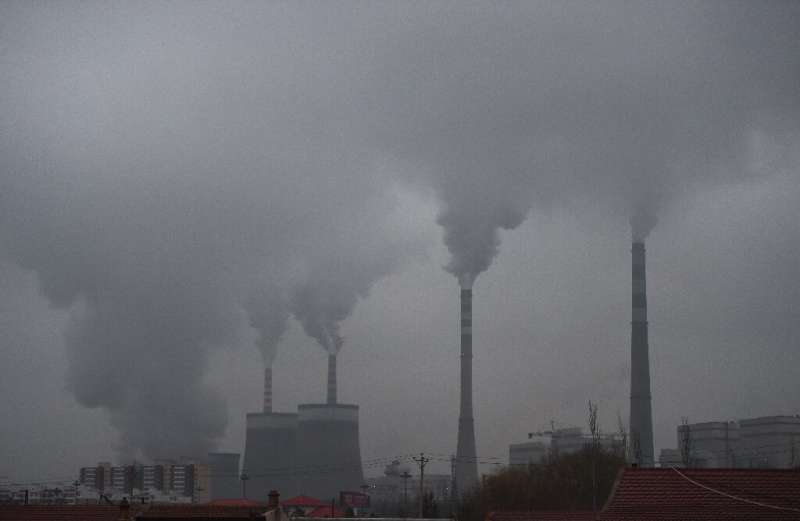China data centres set to consume more power than Australia: report

China's data centres –- the backbone of the country's fast-growing digital economy—are on track to guzzle more electricity by 2023 than all of Australia last year, said a Greenpeace report published Monday.
While China leads the world in renewable energy capacity, data centres in the country remain dependent on coal.
Nearly three-quarters of the electricity used by data centres was sourced from coal in 2018, according to research by Greenpeace East Asia and the North China Electric Power University—emitting 99 million tonnes of carbon emissions.
By 2023, that number could jump to 163 million tonnes.
The appetite for data storage and transmission in China has skyrocketed in recent years, with 800 million online users and a booming tech industry churning out photos, videos, and online transactions.
"While China's data centre industry has made significant improvements in terms of energy efficiency, the industry's massive carbon footprint is proof that much more action is needed," said Ye Ruiqi, climate and energy campaigner at Greenpeace East Asia.
Currently, Chinese data centres lack awareness of their "responsibility to respond to climate change", she told AFP.
According to the Greenpeace report, electricity consumption from China's data centre industry is projected to increase by 66 percent over the next five years.
By 2023, the industry will exceed Australia's total electricity consumption in 2018, the report said.
But by boosting the intake of renewable energy from its current 23 percent to 30 percent, Chinese tech companies could save roughly the equivalent of 10 million round-trip transatlantic flights in carbon emissions, according to Greenpeace East Asia.
Ambitious targets
China is not alone in grappling with surging demand for instant access to online data, and data centres expend large amounts of electricity to keep servers running and cool.
Microsoft has a data centre submerged off northern Scotland, where the sea offers cooling for free.
Chinese e-commerce giant Alibaba hosts one of its data centres in a naturally cool area of northern Hebei province, with access to wind and solar power.
But Greenpeace's report, which studied 44 data centres in China, found that nearly 90 percent of facilities sourced power directly from the national grid.
While China leads the world in renewable energy capacity—it has more renewable energy capacity than all of the European Union, according to the International Renewable Energy Agency—the country is still dependent on coal.
In 2018, China's coal consumption increased for the second year in a row, though coal accounted for less than two-thirds of national energy consumption, according to the country's statistics bureau.
But the Chinese government has set ambitious targets for renewable energy—and aims to boost the proportion of non-fossil fuels in its total energy consumption to around 20 percent by 2030.
"It is just unfortunate that China's rapid growth and the availability of coal have translated into a lot more coal power stations," said Paul Mah, a Singapore-based correspondent for industry publication Datacenter Dynamics.
"Fortunately, as China moves towards greater availability of green power, this should be reflected in a lower reliance of data centres on coal power."
© 2019 AFP


















